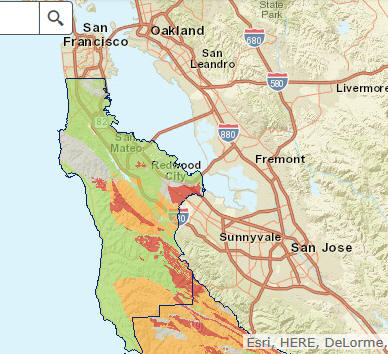Radon is a gas that has no color or odor. It is a geologic phenomena that is formed naturally formed within the Earth’s crust as uranium breaks down. The gas will work its way to the surface, where it can go through small cracks and voids in foundations and sub floors to enter into homes and buildings. Unfortunately, it is impossible to know if radon is there until testing is conducted. Once this radon is inside of the home the gas is trapped causing radon level to rise significantly and thus create a potentially significant health issues.
About 1 in 15 homes in the U.S. have elevated levels of radon. Radon gas increases the risk for lung cancer. Health statistics attribute about 15,000 non-smoker lung cancer deaths per year to long-term radon exposure. The EPA recommends remediation where indoor radon levels exceed 4 pc/L. Many homes, mine included, have some trace levels, i.e. 1-3 pc/L. However, there are no "safe" levels. The lower the level, the lower the risk.
Testing is always a matter of personal choice. Whenever you are purchasing a home in an area with a known higher probability, a radon test is suggested before closing the sale. Where radon testing reveals an elevated level of radon within the home, radon mitigation systems can be installed.
Radon remediation (also known as radon mitigation or radon reduction) is a process whereby a structure’s radon levels are reduced. Mitigation usually involves a few simple steps. First all openings between the crawlspace or slab and the living area are sealed airtight. Second, the crawlspace or the area below the slab are ventilated (de-pressurized) and air is exhausted well above the roofline. Through proper ventilation, the gas is prevented from accumulating in the living space. Once outside, the radon gas quickly decays into harmless material. These systems are generally fairly simple but typically do require some annual maintenance.


